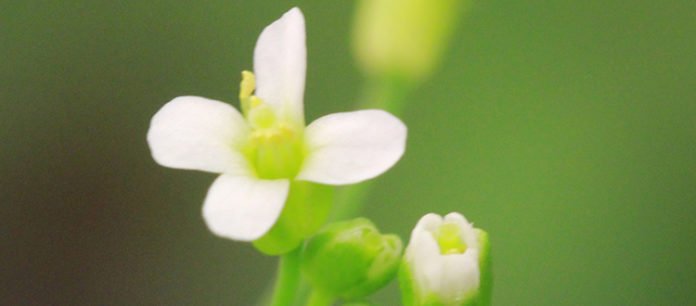Numerous plants show an alleged photoperiodic blossoming, which relies upon changes in the length of days and, in this manner, occasional changes. Some of them will blossom when the days get longer, others when the days get shorter. The view of the length of the day by these plants is fundamental to control the beginning of flowering in common biological communities and to guarantee successful reproduction.
Understanding the instruments at work in this procedure is likewise a noteworthy challenge for horticulture and agricultural generation systems so as to enhance yields. Plants can see and ‘analyze’ light, including its intensity, color or duration. Roman Ulm, Professor at the Department of Botany and Plant Biology of the UNIGE Faculty of Science, researches how plants incorporate this data to control flowering.
Scientists noted, “The mechanisms involved in flowering have been studied in the model species Arabidopsis thaliana (thale cress), which flowers in Switzerland mainly in May when the days get longer. Most of the research has been carried out in growth chambers, where the artificial light does not include UV-B, even though it is an intrinsic part of sunlight. We thus included this type of radiation, since plants possess UV-B receptors.”
Scientists demonstrated that UV-B rays can potentially induce flowering of Arabidopsis throughout the year. However, their effect is blocked during short days by a protein called RUP2.
Scientists started by understanding the crucial role of RUP2 by analyzing the molecular mechanisms at work.
Adriana Arongaus, a researcher in the Geneva group said, “Regardless of the season, UV-B can stimulate the production of a flowering hormone, the FT protein, which migrates into the meristem – the tissue that ensures the plant’s growth – and reprograms it to enter the flowering phase.”
“RUP2, in turn, indirectly inhibits the production of this hormone, and thus represses flowering. However, when the days lengthen, photoreceptors present in the leaves induce such a production of FT proteins that flowering starts despite the presence of RUP2. This changing balance over the seasons allows the implementation of a photoperiodic flowering, with RUP2 as the central actor.”
Roman Ulm said, “We would now like to know if this role of UV-B exists and is important in other plants, and why it has been repressed by RUP2 during evolution in Arabidopsis.”
After discovering the existence of a UV-B receptor, as well as its impact on plant growth and development, the researcher intends to identify the different functions of this receptor, which could be integrated as parameters to study ecological and agri-food systems.”
This work is published in the journal Genes & Development.
